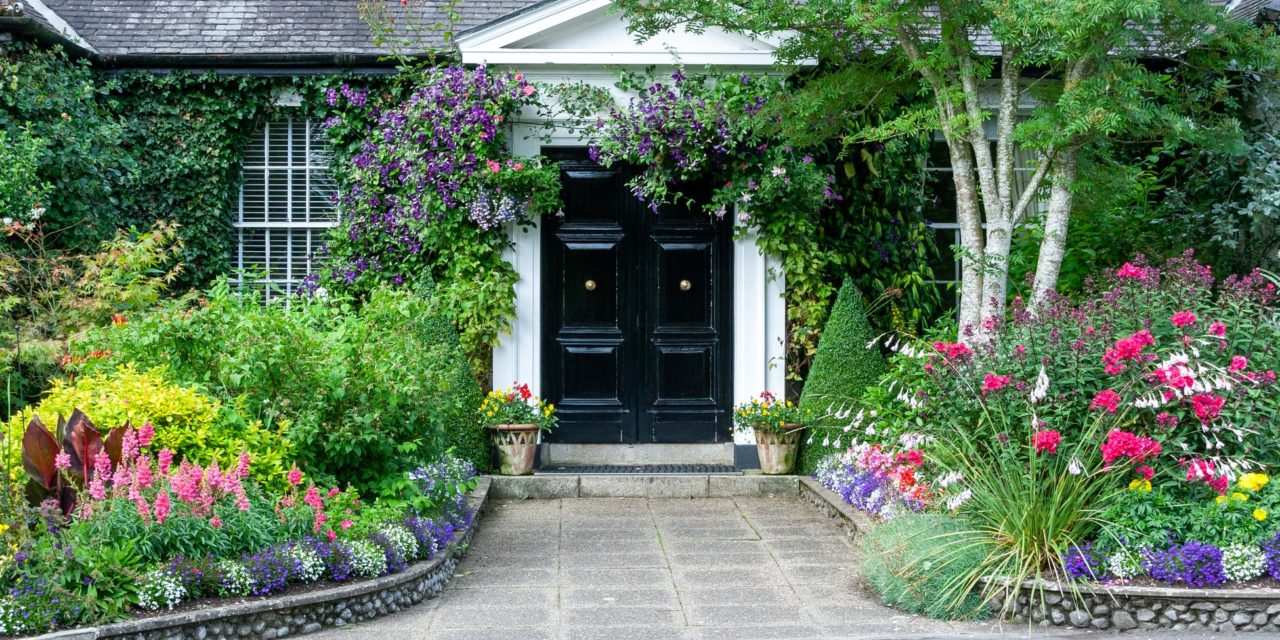[ad_1]
Beneficial organisms that live in soil are killed by the use of toxic chemicals in both pesticides and synthetic chemical fertilizers. Thus, more and more toxic chemicals must be used to maintain the system to the point an addiction to those chemicals is formed.
Simply switching from synthetic chemicals to using organic products does NOT fix the problem caused by the toxic chemicals.
If we only use organic products that kill pests, weeds and disease the problem hasn't been solved and the new “organic grower” will not be successful.
If we try to prevent anything from being in our landscape or gardens except for the “crop” (shrubs, turfgrass, edibles, etc.) we are growing, we are doomed to failure! Nature will fight back! One can NOT win a war against nature!
The “switch” must involve a wholly new approach which requires working with nature and not fighting it.
The toxic chemical approach tries to suppress symptoms of the problem instead of fixing the problem. By merely trying to suppress symptoms (disease, pests and poor fertility) the problem typically gets worse and worse, which leads to more and more chemical use. This results in a loss of nutrients, as well as toxic chemicals leaching from the soil and polluting our water systems.
All this occurs because the beneficial soil life, normally present in healthy soil, is lost!
The key to sustainable landscaping, as in organic gardening, is to recognize the power of beneficial microorganisms, elements little known or understood by the general public.
Organic growing is different from using chemicals for several important reasons:
First, we need to have most of the nutrients present in the soil in non-leachable forms most of the time.
Also, we need to have the mechanisms in that soil to convert the “not available to plant nutrients” into “available nutrients” in the root zone, for the most part, not away from the roots.
The mechanisms to do this are beneficial microbes, including bacteria, fungi, protozoa, nematodes and microarthopods.
All of these microbes have both beneficial species and disease species. The beneficial species are naturally found in healthy growing systems.
Simply putting down high quality, expensive organic nutrients in your garden or lawn is NOT likely to result in great plant growth UNLESS the correct microbes are present.
Beneficial bacteria and fungi are needed. First, to degrade any residual toxic chemicals. Then, to tie up nutrients so they are not leachable (and not lost when water moves through the soil).
Finally, bacteria and fungi must be eaten by protozoa and nematodes to release the tied-up nutrients in a plant available form. Anything missing needs to be replaced in order to reestablish normal nutrient cycling.
Microbes also restructure the soil by creating air passageways and cavities that enable water and air to be retained within the soil so considerably less water needs to be used.
The plants will contain more nutrients and have built up their immune systems to become resistant to problem pests and diseases leading to much healthier plants. Maintaining a healthy population of 70% of beneficial microbes in the soil and on plant surfaces will nurture a protective type of environment that will thwart any disease-causing organisms that may come along, simply by out-competing them for food and space.
I propose that “sustainable landscaping” is a “work in progress”. It happens slowly, especially as we garden mindfully of the process. Use the following list to serve as a point of departure that we can implement continually through the seasons as best we can.
1. Aerobic compost needs to be added to the soil to return the needed beneficial life.
2. Feed your soil with compost, sea kelp, humic acid and other organic materials.
3. Do not use synthetic pesticides, herbicides and fertilizers.
4. Do not compact the soil.
5. Rotate crops.
6. Do not till your soil.
7. Recycle organic material.
8. Utilize diversity in your plantings.
9. Choose the right plant for the right place.
SUSTAINABLE LANDSCAPING RESOURCES
10 Steps to Gardening With Nature
by Carole Ann Rollins and Elaine Ingham
Published by Gardening With Nature,
Novato, CA; 2011
Life in the Soil
A Guide for Naturalists and Gardeners
by James B. Nardi
Published by University of Chicago Press
Chicago, IL; 2007
Teaming with Microbes
A Gardener's Guide to the Soil Food Web
by Jeff Lowenfels & Wayne Lewis
Published by Timber Press
Portland, OR; 2006
[ad_2]
Source by Ron Kushner


